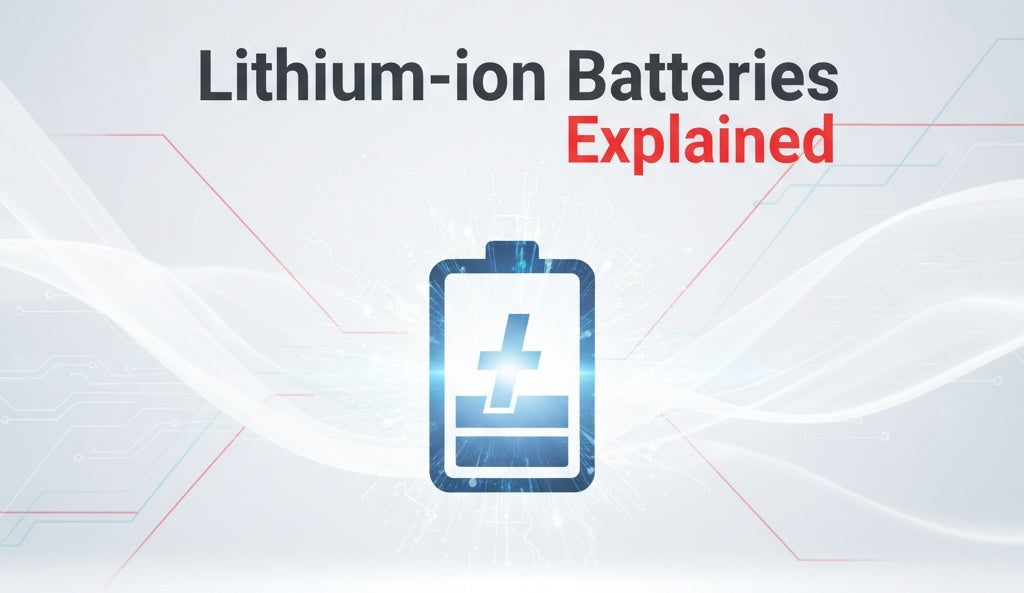Learn the basics of lithium-ion batteries, why they power most of our devices, and what’s inside a laptop battery pack.
Q: What devices in our daily lives use lithium-ion batteries?
Many portable electronics rely on rechargeable lithium-ion batteries. Your smartphone alarm in the morning, your laptop for work or school, and many other gadgets are powered by lithium-ion cells. If you can’t live without your devices, you definitely can’t live without your batteries.
Q: Why are lithium-ion batteries so widely used?
Lithium-ion batteries are the most common rechargeable battery type because of these advantages:
- High energy density – They last longer before needing a recharge.
- Low self-discharge rate – They can sit unused for months without losing much power.
- Low maintenance – They don’t require complicated care compared to other battery types.
- Compact and powerful – Modern lithium technology makes batteries smaller, lighter, and more efficient.
Q: Why should I care about what’s inside a lithium-ion battery?
Most people don’t think about what’s inside a laptop battery until something goes wrong. Problems like batteries dying too quickly, not holding a charge, overheating, or even becoming a fire hazard can be frustrating and dangerous. Knowing the basics of lithium battery design can help you better understand how they work and why failures may occur.
Q: What’s inside a typical laptop lithium-ion battery pack?
A laptop lithium-ion battery usually contains 3 or more cylindrical or pouch cells. Each battery cell includes five rolled-up layers inside the casing:
- Separator
- Cathode (negative electrode)
- Separator
- Anode (positive electrode)
- Separator again
Between these layers, electrolytes allow lithium ions to flow between the cathode and anode, which enables charging and discharging.
Q: Are there other parts in a lithium-ion battery besides the cells?
Yes. A typical laptop battery also includes a printed circuit board (PCB) and other electronic components that regulate charging, control safety functions, and protect the battery from damage. In the next episode, we’ll also introduce polymer lithium batteries, another type of rechargeable lithium battery.
✅ Stay tuned as we continue to dive deeper into the world of lithium-ion batteries. Don’t forget to subscribe to DrBattery for more essential battery knowledge!"!

